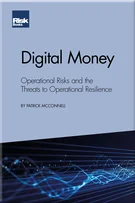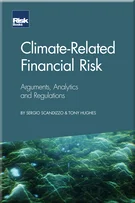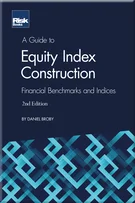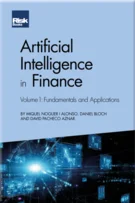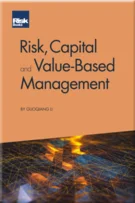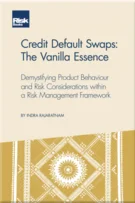Introduction
Introduction
Acknowledgements
Foreword
Preface
Introduction
Regulator motivation and aims
Scenarios
Two underappreciated climate risk topics: Exposure at default and asset valuation
Assessing the available evidence related to consumer credit risk
The modelling of climate-related financial risk
Credit risk – Probabilities of default models
Climate-related loss given default
Market risk
Liquidity risk
Operational risk
The (limited) power of disclosures
Financial regulators’ climate mandate should be formalised
Where to for climate risk regulation?
Conclusions: Using finance to drive climate solutions
References
There is clear scientific evidence that climate change poses a threat to human well-being and planetary health. Global coordinated efforts on adaptation and mitigation are the only way to stand a chance of still ensuring a liveable and sustainable future. At the same time, financial institutions along with central banks and financial regulators have been trying to understand the connection between climate change and the financial system, and in particular how climate change and the shift to a carbon-free economy could affect economic and financial stability. The key idea is that a combination of climate-related factors, such as extreme climate events and consequent sudden policy shifts, could lead to financial losses for companies and distress for households, which might in turn affect financial institutions through defaults and reduced market values. Valuations may also suffer in more gradual adaptation scenarios as brown assets are substituted and become “stranded”. If this drop in asset prices is sufficiently substantial, it could trigger a financial crisis with widespread economic and social consequences.
This concern for financial stability is at the core of prescriptive
Copyright Infopro Digital Limited. All rights reserved.
As outlined in our terms and conditions, https://www.infopro-digital.com/terms-and-conditions/subscriptions/ (point 2.4), printing is limited to a single copy.
If you would like to purchase additional rights please email info@risk.net
Copyright Infopro Digital Limited. All rights reserved.
You may share this content using our article tools. As outlined in our terms and conditions, https://www.infopro-digital.com/terms-and-conditions/subscriptions/ (clause 2.4), an Authorised User may only make one copy of the materials for their own personal use. You must also comply with the restrictions in clause 2.5.
If you would like to purchase additional rights please email info@risk.net



